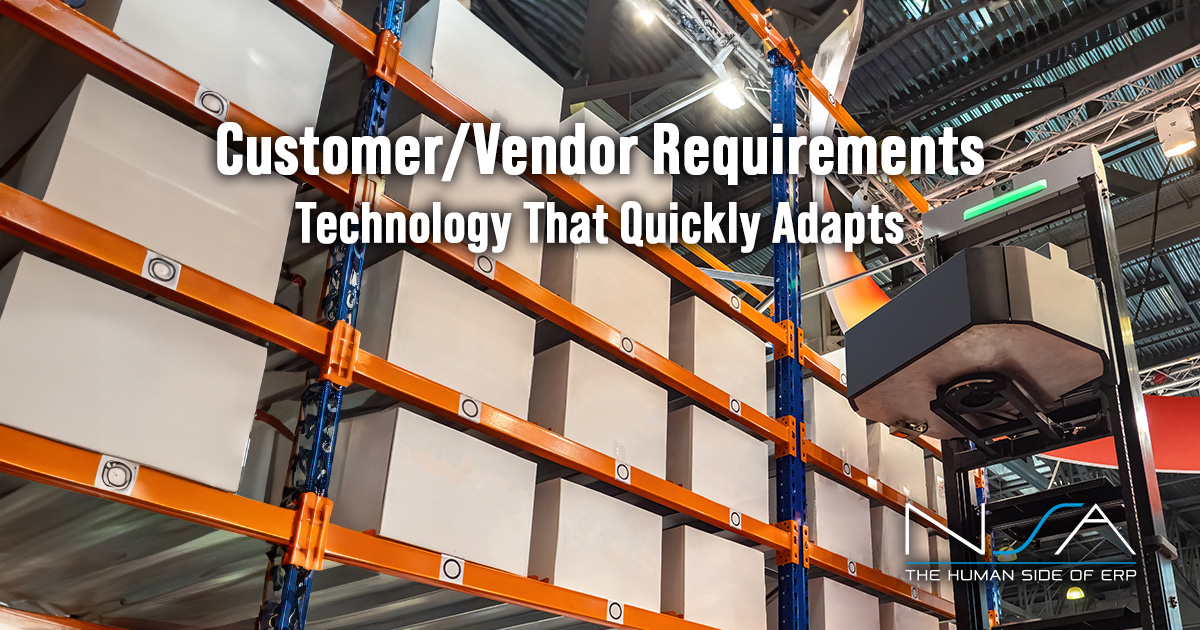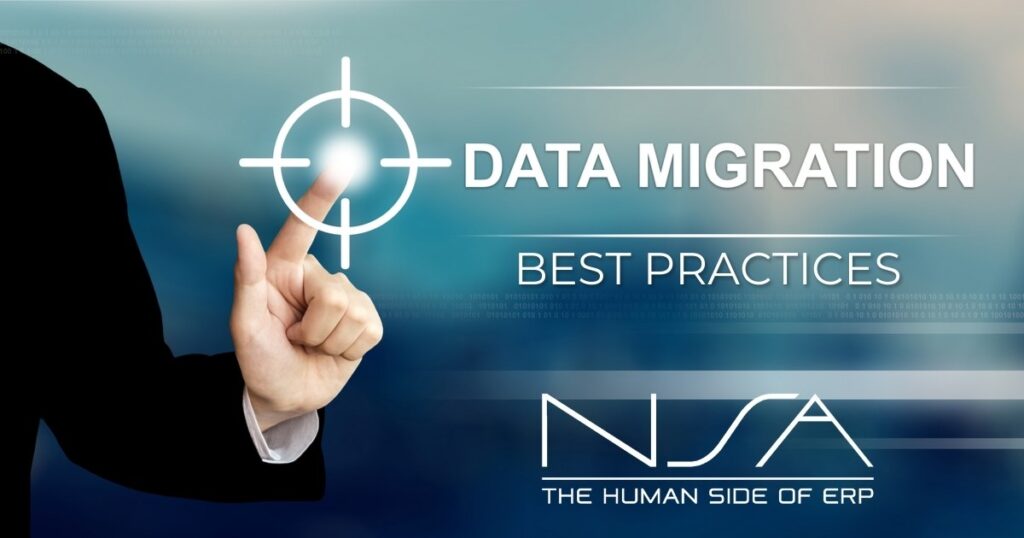Data migration is a complex task and requires substantial planning. Oftentimes, data migration processes do not meet their project expectations due to time and budget overruns. To help make the process a smooth one for your business, we’ve compiled some best practices for data migration.
Analyze and Back Up Your Data: Understanding the data you are migrating is key to a successful outcome. You need to know where the data resides, how it is stored, and the form it will need to take at the final destination. This will help you put a proper migration plan in place. And of course, you’ll want to back up your data before you begin in case there is a disruption in your migration.
Identify the Right Migration Software: Figuring out which data migration software is right for your migration is critical. You’ll need something that is flexible, scalable, and intuitive. You want your teams as well as the technical teams to collaborate in order for your data migration to be a success.
Decide on Data Standards: It is helpful to develop and define data standards across your organization. This will help you identify problems early on as well as support data consolidation for more successful data uses in the future.
Testing: Testing your data during each phase of migration is an important step that is often overlooked. Rather than testing everything upon migration completion, testing during each stage of the process will help you identify issues early on so they can be fixed as you go. Check to ensure your data is accurate and in the format you needed.
We understand that data migration is an overwhelming task for most businesses. If you have questions or need assistance with data migration software, we can help. Count on our years of experience to ensure a smooth data migration process for your business!
Contact our team to learn more.



